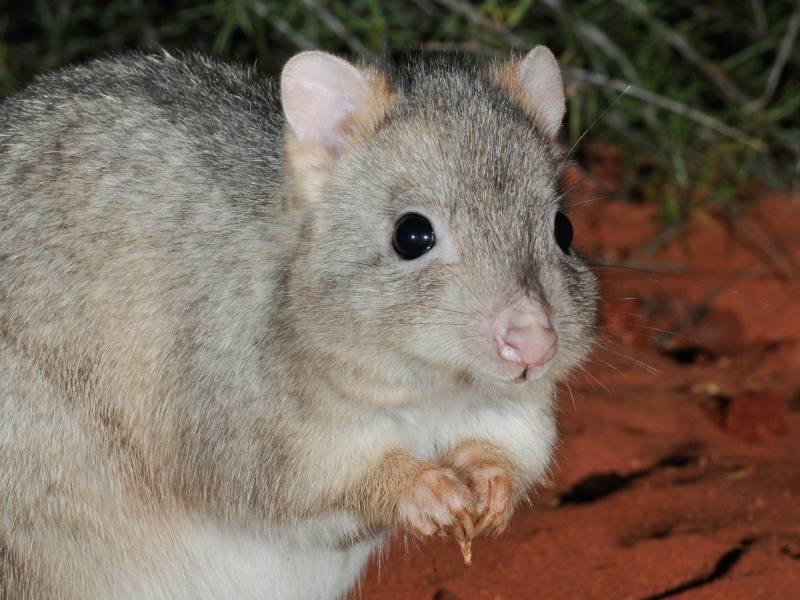Higher Degree by Research Application Portal
| Title | Burrows and Bonds: Drivers of Barrow Island’s Boodie (B. l. Bettongia lesueur) Population |
|---|---|
| Description | The burrowing bettong, or "boodie" (Bettongia lesueur), was once widespread across Australia but now survives in only a few isolated island populations due to predation by introduced species, habitat loss, and other environmental pressures. A unique subspecies (B. l. Barrow Island) exists on Barrow Island off the coast of Western Australia. Despite the island’s introduced predator-free status, the boodie population on Barrow Island exhibits pronounced boom-bust dynamics—sudden increases followed by sharp declines—raising concerns about long-term viability. This wildlife PhD project, which is co-funded by Chevron (operates major infrastructure on Barrow Island and conducts ongoing ecological monitoring), will investigate the drivers behind these population fluctuations. The project will include an examination of climatic influences using a long-term dataset to assess correlations between environmental variability and population trends, with predictive modelling used to forecast future dynamics under climate change scenarios. It will investigate social connectivity and population structure through non-invasive genetic analyses to determine how social organisation and infrastructure-related barriers influence reproduction and dispersal. The project will also characterise how the extensive burrow systems provide refuge from climatic extremes and predators. Through annual population monitoring and biological sampling there is also potential to assess pathogen prevalence and health. We are seeking a highly motivated student who is passionate about Australian wildlife to undertake this project. Funding is already available, and a scholarship is guaranteed; we are therefore excited to have the successful applicant begin asap. |
| Keywords | Australian mammal |
| Social bonds | |
| Burrowing behaviour | |
| Population viability | |
| Opportunity status | Open |
| Open date | 01 Oct 2025 |
| Close date | 31 Dec 2025 |
| Research area | Biological Sciences |
| Eligibility | The successful applicant will have a background in conservation biology, wildlife ecology, zoology or equivalent. The successful applicant will have, or be predicted to get, a first-class (>80%) Honours or Master’s degree. The degree must have included a research project that represents a significant contribution to the final mark (>25%). Publications will be weighted as evidence of research ability. |
| Citizenship status | Domestic |
| Enrolment status | Future student |
| Specific requirement | Additional eligibility criteria specific to this project/scholarship: Additional essential selection criteria specific to this project: |
| How to apply | If you are interested, please email Dr Renée Firman with a CV, academic transcripts and brief letter stating your interest and explaining how you meet the selection criteria listed above. |
| Contact | Dr Renée Firman: renee.firman@uwa.edu.au |
| Scholarship details | |
| Scholarship type | Stipend scholarship |
| School | School of Biological Sciences |
| Course type | Doctorates |
